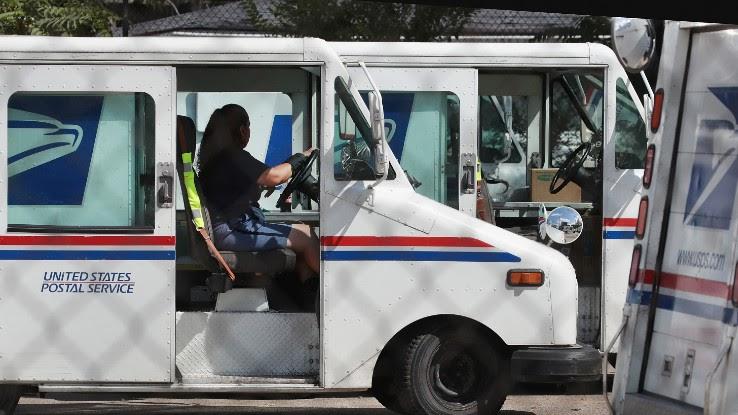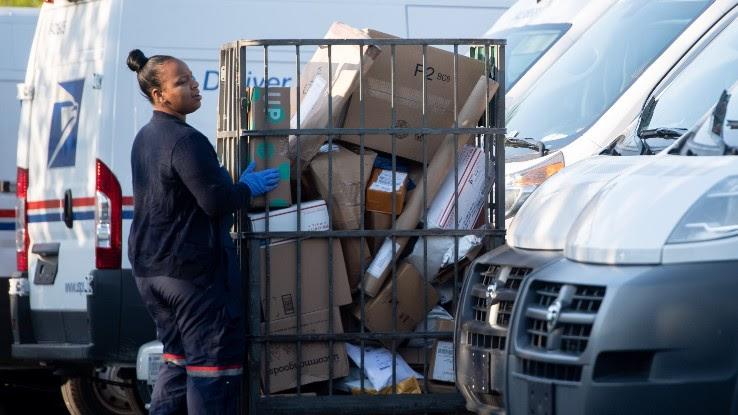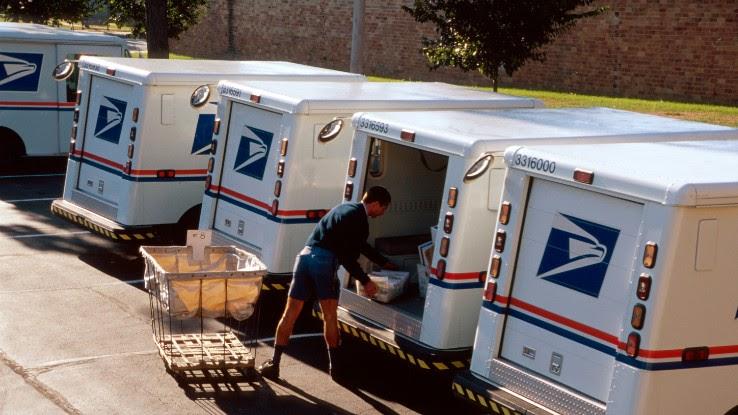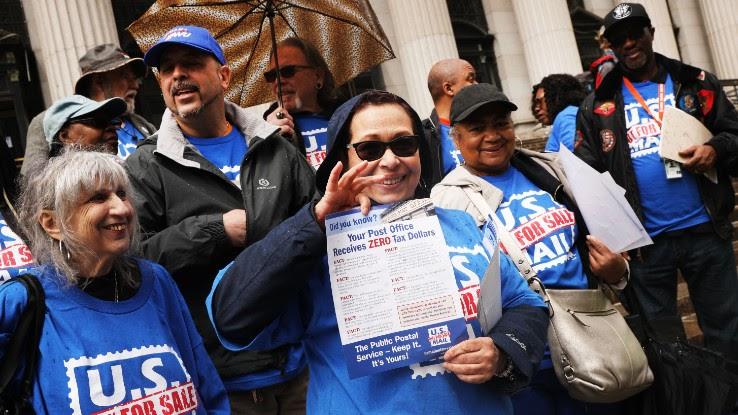Why Is the United States Postal Service in So Much Debt?

The United States Postal Service (USPS) can trace itself back to the American Revolution and Benjamin Franklin, who was even one of two postmasters general before the states split from the British crown. In all that time until the early 1970s, the service broke even each year, paying salaries, pensions and more.
The Great Recession of 2008 saw a downturn in revenue for corporations and government institutes – even self-funded ones – alike, and the USPS was hit especially hard. Many companies were already transitioning from physical mail to the internet for business letters, notifications and advertisements, but the recession sped up that trend. However, that’s not the only factor behind the organization’s current troubles.
How the USPS Got Into This Position
While there are many factors that led to the USPS’ current state of debt, there are two primary reasons why that debt has now balloomed. In 2006, the Postal Accountability and Enhancement Act (PAEA) ordered the USPS to pre-fund employee retiree health benefits for the next 75 years. While pre-funding other retiree benefits is normal for both private and government organizations, pre-funding health benefits is virtually unheard of. This resulted in an additional expense of around $5.6 billion dollars annually until 2016, with the USPS defaulting on its pre-funding obligations in 2012.

Since the USPS was breaking even at best, requiring such a large lump sum up front placed a huge strain on the service just as the 2008 recession reached its height and email began to significantly replace conventional letters. Pre-funding prevented the agency from investing in capital projects, research and development, or other initiatives to improve the post office’s finances and logistics even before the recession. Afterward, the USPS had no choice but to take on even more debt.
The other main reason is that Congress passed a second law in 2006 preventing the USPS from raising rates on regular mail by more than the growth of the Consumer Price Index (CPI). While it was great news for people who use the post office, it endangered the organization’s ability to raise money. That’s because no matter how much the costs of delivery rise – think gas prices, wage increases, leases for cargo flights, health insurance for workers and more – the agency can no longer raise rates to match its expenses, even by a few extra cents.
What Would Happen If There Was No U.S. Postal Service in America?
If the USA lost its postal service, it would impact the economy and general lifestyle of Americans across the board. The USPS is the second-largest employer in the United States after Wal-Mart. Nearly half a million people would lose their jobs if the USPS went under. Even privatizing it would likely lead to mass layoffs.

Additionally, mail delivery costs would skyrocket for rural customers. Private delivery services, like UPS and Amazon, rely on the USPS delivery network to ship packages to rural locations that are harder — and more expensive — to reach. Without the USPS, private carriers would become even more expensive. This would be particularly challenging for folks who are older or have disabilities. Medications are often delivered through the USPS, so people in rural areas could find themselves unable to afford essential medications.
Government agencies would also suffer from increased delivery costs, which would rise for things like Social Security payments, voter information, census information, jury duty notifications and more. Because post offices often provide other federal services, such as voter registration and passport applications, other government agencies would need to open new locations, such as DMVs or local government offices. That would in turn lead to longer wait times at those locations.
How the USPS Can Get Out of This Mess
There are several things that could help get the USPS out of the mess. Some actions can be taken by U.S. citizens, while other changes are things that Congress and other government leaders must make. Funding — not more loans — is the most obvious thing lawmakers could provide, but there are policy changes that could also help. Allowing the USPS to diversify the investments it uses to pay for pensions, desynchronize its prices from the CPI, shortening its delivery week to Monday through Friday, forgiving its U.S. Treasury debt and more could all put the USPS on a course for long term financial stability.

The steps that ordinary Americans can take to save the USPS may seem small by comparison, but they can also prompt action from lawmakers. There are multiple petitions you can sign aimed at Congress and the White House, and you can always call or write a letter to your representative. By putting pressure on legislators, Congressional gridlock on what to do about the USPS can be ended.





